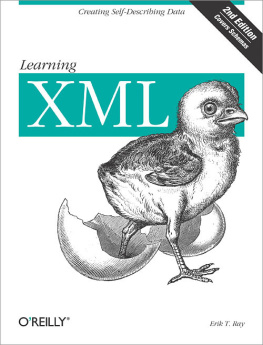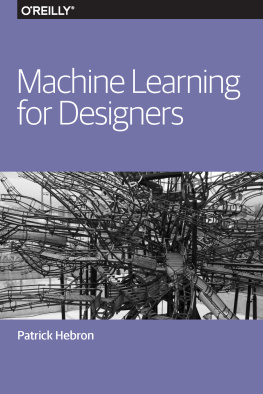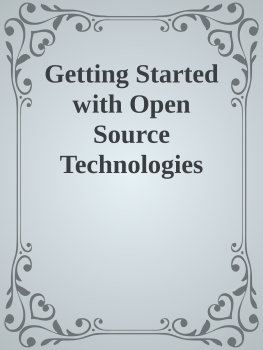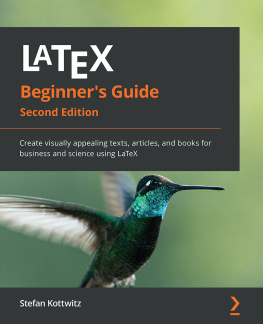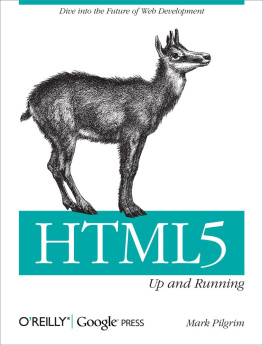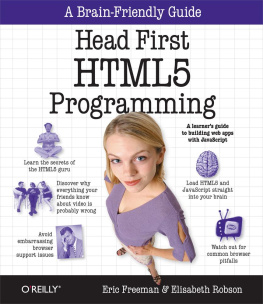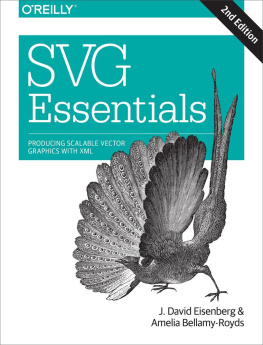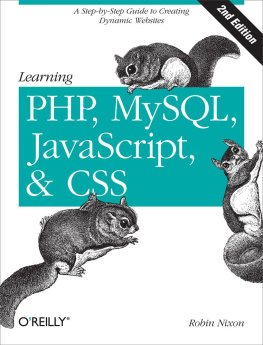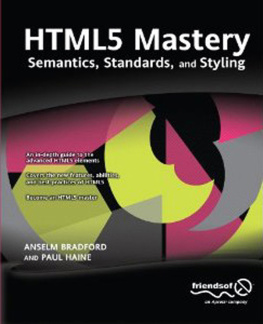[]
[See CSS]
classes
colors
configuration
[See also troubleshooting]
content
conversion
rules
|
[]
[See also formatting]
DocBook
stylesheets
[See Document Type Definition]
|
[]
[See also blocks]
CSS
[See XSL]
[See XSLT]
|
[]
flows
[See also text]
[See also Unicode characters]
functions
|
[]
importing
interfaces
characters
|
[]
management
mapping
[See also spacing properties]
models
modification
modularity
|
[]
names
[See also documents]
XPath
|
[]
parameters
patterns
processing
properties
|
[]
retrieving
rules
CSS
XSLT
|
[]
schemes
searching
selection
sequences
specifications
storage
[See also formatting]
|
[]
[See also TEI-XML]
templates
[See also CSS]
CSS
[See also TEI-XML]
tree representation
nodes
XPath
troubleshooting
resources
types
|
[]
Unix operating systems
|
[]
values
variables
viewing
|
[]
[See also spacing properties]
[See W3C]
|
[]
[See also documents]
documents
[See XPointer]
|
A.1 Online
XML.com
The web site http://www.xml.com is one of the most complete and timely sources of XML information and news around. It should be on your weekly reading list if you are learning or using XML.
XML.org
Sponsored by OASIS, http://www.xml.org has XML news and resources, including the XML Catalog, a guide to XML products and services.
The XML Cover Pages
Edited by Robin Cover, http://xml.coverpages.org/ is one of the largest and most up-to-date lists of XML resources.
Cafe Con Leche
Elliotte Rusty Harold provides almost daily news, along with a quote of the day, at http://ibiblio.org/xml.
XMLHack
For programmers itching to work with XML, http://www.xmlhack.com is a good place to go for news on the latest developments in specifications and tools.
DocBook
OASIS, the maintainers of DocBook, have a web page devoted to the XML application at http://www.docbook.org/. You can find the latest version and plenty of documentation here.
A Tutorial on Character Code Issues
Jukka Korpela has assembled a huge amount of information related to character sets at http://www.cs.tut.fi/%7Ejkorpela/. The tutorial is well written and very interesting reading.
XSL mailing list
Signing up with the XSL mailing list is a great way to keep up with the latest developments in XSL and XSLT tools and techniques. It's also a forum for asking questions and getting advice. The traffic is fairly high, so you should balance your needs with the high volume of messages that will be passing through your mailbox. To sign up, go to http://www.mulberrytech.com/xsl/ and follow the instructions.
xml-dev mailing list
The xml-dev mailing list is an extremely busy forum for discussion of all kinds of XML-related issues and best practices. To sign up, go to http://lists.xml.org/ and follow the instructions.
Apache XML Project
This part of the Apache project focuses on XML technologies and can be found at http://xml.apache.org. It develops tools and technologies for using XML with Apache and provides feedback to standards organizations about XML implementations.
XML Developers Guide
This guide is the Microsoft Developers Network's online workshop for XML. It contains information about using XML with Microsoft applications and can be found at http://msdn.microsoft.com/xml/XMLGuide/.
Dr. Dobb's Journal
This journal contains articles, resources, opinions, news, and reviews covering all aspects of programming. Go to http://www.ddj.com for online content, and subscribe to the magazine while you're there.
Perl.com
Perl is an interpreted programming language for any kind of text processing, including XML. The best place online for information or to download code and modules is http://www.perl.com.
Javasoft
The best source for Java news and information is http://www.javasoft.com. Java is a programming language available for most computers and contains a lot of XML support, including implementations of SAX and DOM, as well as several great parsers.
A.2 Books
XML in a Nutshell, 2nd Edition , Elliotte Rusty Harold and W. Scott Means (O'Reilly & Associates)
A comprehensive desktop reference for all things XML.
The XML Bible, 2nd Edition , Elliotte Rusty Harold (Hungry Minds)
A solid introduction to XML that provides a comprehensive overview of the XML landscape.
HTML and XHTML, the Definitive Guide , Chuck Musciano and Bill Kennedy (O'Reilly & Associates)
A timely and comprehensive resource for learning about HTML.
Developing SGML DTDs: From Text to Model to Markup , Eve Maler and Jeanne El Andaloussi (Prentice Hall)
A step-by-step tutorial for designing and implementing DTDs. While this book is about SGML, much of its advice is still excellent for XML.
The SGML Handbook , Charles F. Goldfarb (Oxford University Press)
A complete reference for SGML, including an annotated specification. Like its subject, the book is complex and hefty, so beginners may not find it a good introduction.
Java and XML, 2nd Edition , Brett McLaughlin (O'Reilly & Associates)
A guide to combining XML and Java to build real-world applications.
SAX2 , David Brownell (O'Reilly & Associates)
A complete guide to using the SAX2 API, in Java.
Processing XML with Java , Elliotte Rusty Harold (Addison-Wesley)
A guide to building programs using a variety of Java techniques for processing XML.
XML and Java , Hiroshi Murayama et al. (Addison-Wesley)
Explores many different aspects and APIs of Java processing with XML.
Java XML Data Binding , Brett McLaughlin (O'Reilly & Associates)
A guide to processing XML with data-binding approaches, covering APIs which insulate developers from the XML.
Perl and XML , Erik Ray and Jason McIntosh (O'Reilly & Associates)
A guide to processing XML with a variety of Perl-based approaches.
Python and XML , Christopher A. Jones and Frederick Drake (O'Reilly & Associates)
A guide to processing XML in Python programs.
.NET and XML , Niel Bornstein (O'Reilly & Associates)
A guide to processing XML using the Microsoft .NET API.
Building Oracle XML Applications , Steve Muench (O'Reilly & Associates)
A detailed look at Oracle tools for XML development, and how to combine the power of XML and XSLT with the functionality of the Oracle database.
DocBook: the Definitive Guide , Norman Walsh and Leonard Muellner (O'Reilly & Associates)
DocBook is a popular and flexible markup language for technical documentation, with versions for SGML and XML. This book has an exhaustive, glossary-style format describing every element in detail. It also has lots of practical information for getting started using XML and stylesheets.
XML Schema , Eric van der Vlist (O'Reilly & Associates)
Explores W3C XML Schema in depth, using many examples to illustrate usage.
Definitive XML Schema , Patricia Walmsley (Prentice Hall)
Next page
